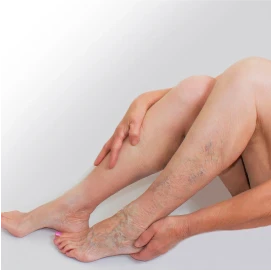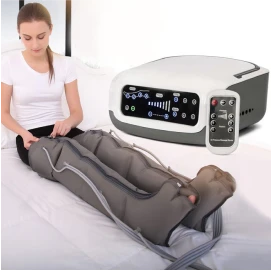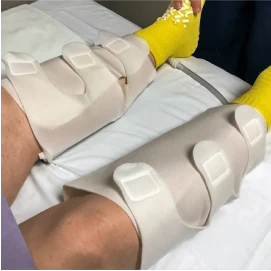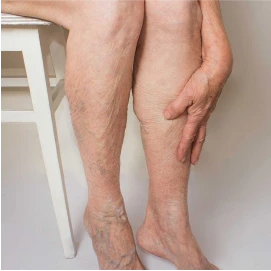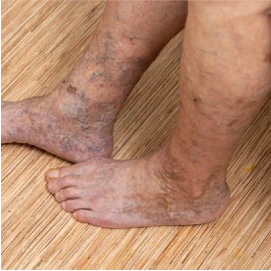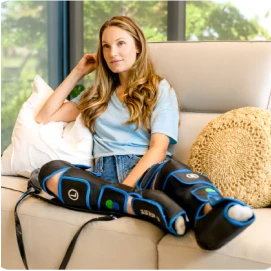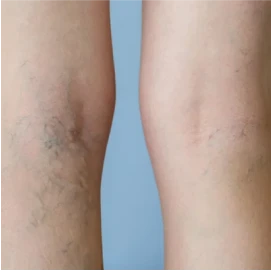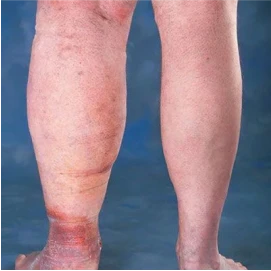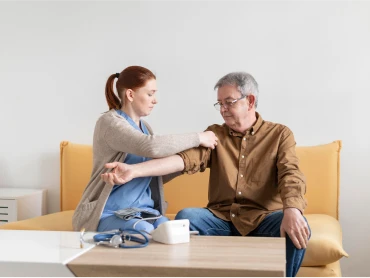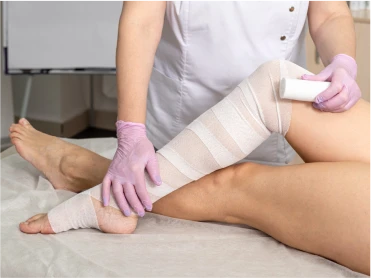Physio Care
Varicose Veins: Varicose veins are twisted, bulging veins near the skin's surface caused and Deep vein thrombosis: Deep Vein Thrombosis (DVT) is a serious medical condition characterized by the formation of blood clots in deep veins, typically in the legs.
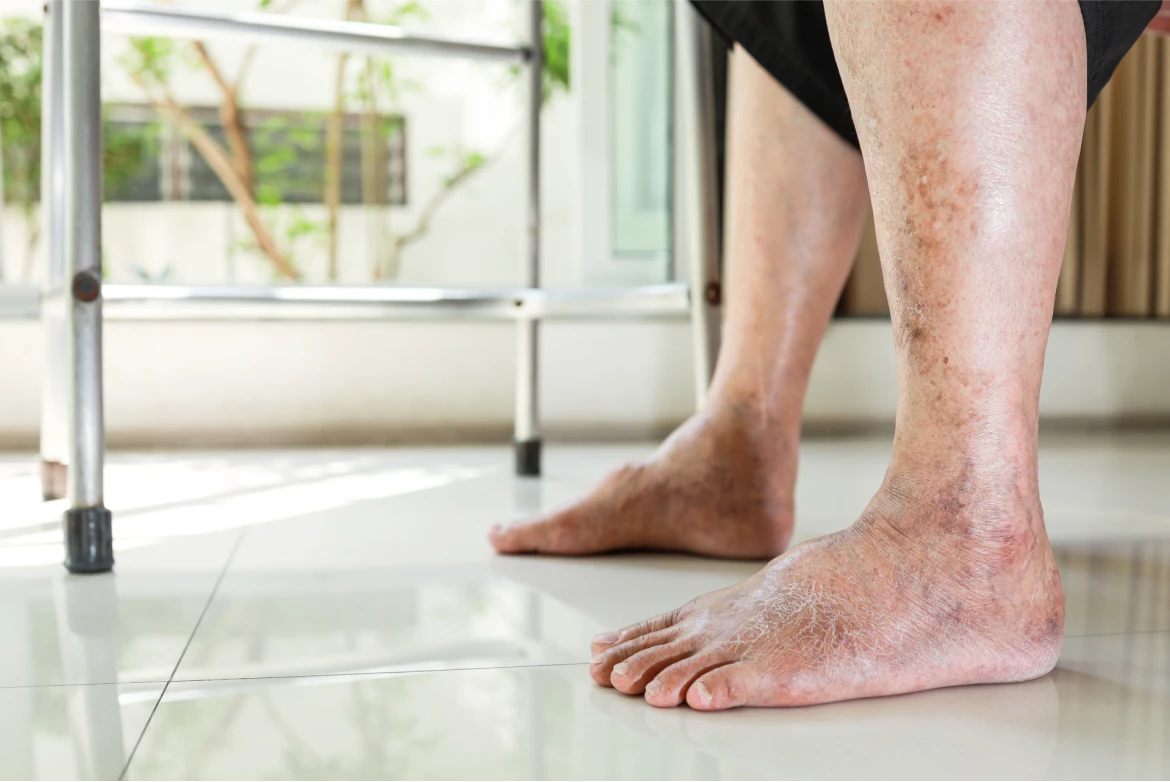
Treatment for peripheral vascular disease may involve the following:
Management of Pain
Exercises
Massage and sensory stimulation
Venous ulcer- wound healing
Endurance training
Mobilization of joints and muscles
Walking guidance and footwear recommendations
Nutritional Counseling
Lifestyle Modifications
Medication Management
Stress Reduction Techniques
What is the Role of Physiotherapist in Vascular Disease
Peripheral vascular disease can impair your ability to stand, walk, or climb stairs severely. However, physiotherapy can help you walk farther by strengthening your muscles, providing mobility aids, and suitable orthotics, and managing your discomfort
01. What are some common vascular diseases that physiotherapy can check for?
Physiotherapy may check for a variety of vascular diseases, including peripheral artery disease (PAD), deep vein thrombosis (DVT), chronic venous insufficiency (CVI), and lymphedema, using particular exercises, compression therapy, and lifestyle changes.
02. How does physiotherapy improve circulation in patients with vascular disease?
Physiotherapy boosts circulation in individuals with vascular disease by using blood flow-promoting exercises, manual treatments such as massage to minimize edema, and teaching how to live a healthy lifestyle.
03. What role does physiotherapy play in vascular disease?
Physiotherapy is important in preventing vascular disease complications as it improves mobility, manages symptoms, and encourages adherence to exercise and lifestyle changes that promote vascular health.
04. How can physiotherapy help with vascular disease?
Physiotherapy can help with vascular disease by increasing circulation, lowering edema, controlling pain, and enhancing general cardiovascular health with specific exercises and manual therapies.

